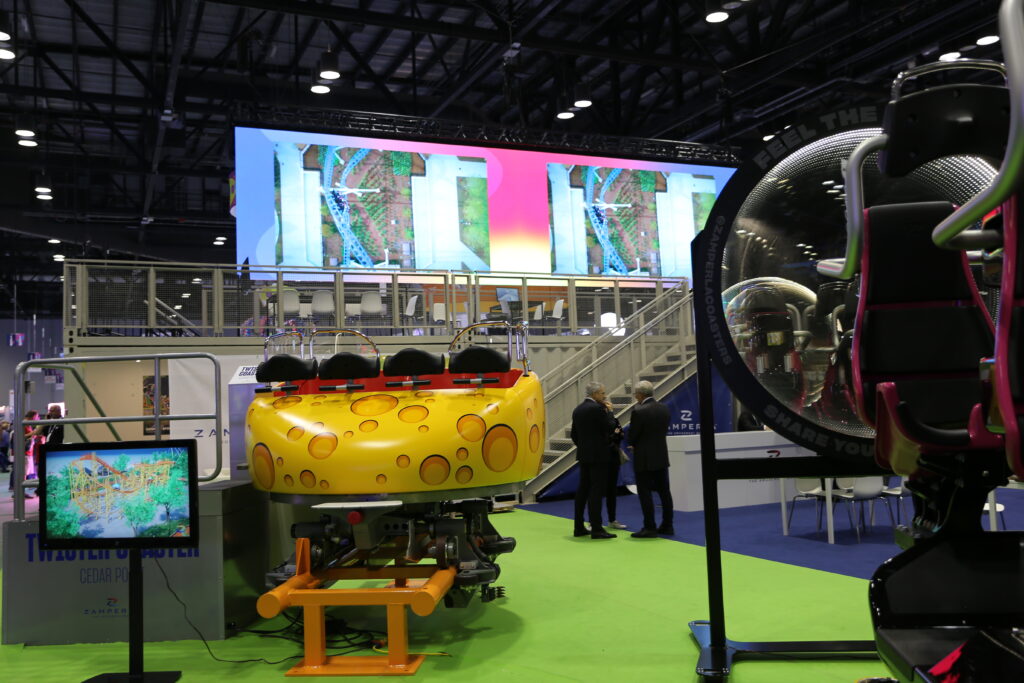John Brooks has no doubts about Orlando as the best place to continue to build his 11-year-old military and simulation business Mass Virtual.
He didn’t need to look much further last week than the annual defense technology show I/ITSEC for proof.
However, he says the next step in the ecosystem’s evolution will be a coming together, so to speak.
“It is siloed,” he said. “If you get board membership that is all of like-minded individuals, that’s not a good thing.”
Brooks’ business was one of the hundreds to showcase their wares for military officials and others in the business at the Interservice/Industry Training, Simulation and Education Conference.
The annual show is one of the biggest in the world and takes over the Orange County Convention Center each year.
Virtual reality is defense in 2022
Mass Virtual showed off an immersive, virtual reality-driven environment that takes students into a virtual hangar to train on various aircraft.
The program took users onto a tarmac alongside several military planes, walking them through a training module that would allow for group sessions for schools and military entities.
Brooks said I/ITSEC’s presence in Orlando certainly drives the conversation.
“Many people do not think of Orlando as a tech hub,” he said. “But [those people are] more silent because technology definitely drives the majority of business here.”
While Mass Virtual has been at I/ITSEC in the past showing off its technology, the floor also included plenty of first timers or, perhaps, second timers.
Orlando firms show well at I/ITSEC
Jason Irving and his engineering firm Engenium made their debut as a booth host in 2021.
This year, the Orlando company returned because, he said, the event is a “must attend” for anyone in Orlando’s robust simulation and training industry.
“Having a booth is instant credibility,” he said. “When you have one, everyone here knows you exist in this industry.”
Irving said the company had a steady flow of visitors at its booth, including several that planned follow-up meetings after the show.
“This is how we showcase the work we do,” he said. “It’s one less barrier.”
The show served as a kind of “Welcome to Orlando” for HAVIK, which only recently announced it had moved its headquarters from California to Central Florida.
The company builds a portable, self-contained virtual reality training system for the U.S. Special Forces, military and allies.
“When I joined, I was focused on making sure we found a good home base for talent and that was business-friendly for our industry,” COO Glenn Banton Sr. said.
On the floor, Banton said I/ITSEC’s presence in Orlando also contributed to the decision.
“I/ITSEC is the Olympics of the defense industry,” he said. “We need to use this as a platform to show off what we have.”
Brooks has no doubt that building in Orlando benefits his military tech and simulation business.
But a small push could take the community even further, he said.
“It’s all here but it just needs someone to mix it up,” he said. “That will drive this community even further.”






























